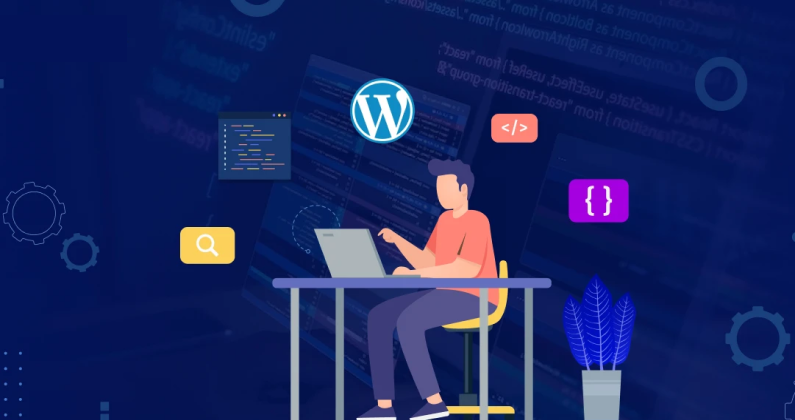
The COVID-19 pandemic has undoubtedly impacted consumer spending in the United States. With job losses, business closures, and economic uncertainty, it’s no surprise that people are cutting back on their expenses. But is this just a temporary blip? Will consumer spending bounce back to pre-pandemic levels? In this blog post, we’ll take a closer look at the current state of US consumer spending and what experts predict for its future. Whether you’re a business owner or simply curious about economic trends, read on to learn more!
A Look at US Consumer Spending
Consumer spending is a crucial component of the US economy, accounting for around 70% of GDP. In recent months, consumer spending has been impacted by the COVID-19 pandemic and its economic fallout. According to the Bureau of Economic Analysis, personal consumption expenditures decreased by 34.6% in Q2 2020 – the largest quarterly decline on record.
However, as states have begun reopening and stimulus measures have provided some relief, there are signs that consumer spending may be picking back up. Retail sales rose by 1.9% in September 2020 – marking the fifth consecutive month of growth.
It’s worth noting that not all areas of consumer spending have been affected equally by the pandemic. For example, online shopping has seen a significant uptick as consumers turn to e-commerce for their shopping needs.
While there have certainly been setbacks due to COVID-19, it’s clear that consumer spending remains an important driver of economic activity in the US. As we look towards the future, businesses will need to stay adaptable and responsive to changing trends in order to succeed in this dynamic landscape.
Trends in Consumer Spending
Consumer spending in the US has seen some significant changes over the past few years. One of the most notable trends is the shift towards online shopping, which has been accelerated by the COVID-19 pandemic. Consumers have become more comfortable with buying goods and services online, leading to a surge in e-commerce sales.
Another trend that has emerged in recent years is an increased focus on sustainability and ethical consumption. Consumers are becoming more conscious about their purchases and are choosing brands that align with their values. This trend is expected to continue as younger generations become a larger part of the consumer market.
In addition to these shifts, there has also been a rise in subscription-based services, particularly for entertainment streaming platforms like Netflix and Hulu. This model offers consumers convenience and flexibility while providing companies with recurring revenue streams.
There has been a growing demand for personalized experiences and products. Companies like Nike have capitalized on this trend by offering customizable shoes through its website. As technology continues to advance, we can expect even more opportunities for personalization in consumer spending.
It’s clear that consumer spending habits are constantly evolving as new technologies emerge and societal values change. Companies that stay ahead of these trends will be better positioned to succeed in an increasingly competitive marketplace.
What Factors Will Influence Consumer Spending in the Future?
There are several factors that will influence consumer spending in the future. One of these is technology. With the rise of e-commerce and mobile payments, consumers have more options than ever before when it comes to making purchases. This trend is likely to continue, with further advancements in technology leading to even more convenient and efficient ways for consumers to shop.
Another factor that will impact consumer spending is changes in demographics. As baby boomers retire and younger generations become a larger share of the workforce, their preferences and priorities are likely to shift. For example, millennials tend to value experiences over material possessions, which could lead them to spend less on traditional retail items.
Economic conditions also play a significant role in consumer spending habits. A strong economy generally leads to higher levels of consumer confidence and increased spending, while recessions or economic downturns can cause consumers to cut back on discretionary purchases.
Environmental concerns may also influence consumer behavior in the future as people become increasingly aware of issues such as climate change and sustainability. This could lead some consumers to prioritize environmentally friendly products or companies when making purchasing decisions.
There are numerous factors that will shape future trends in consumer spending, including technological innovations, demographic shifts, economic conditions and environmental concerns. Companies must be prepared for these changes if they hope to remain competitive in a rapidly evolving market.
How Can Companies Prepare for a Volatile Market?
In today’s volatile market, companies need to be prepared for sudden changes in consumer spending habits. One way to prepare is by diversifying their product offerings and services. By offering a range of options, companies can hedge against fluctuations in demand and consumer preferences.
Another important factor to consider is the development of contingency plans. Companies should have strategies in place that allow them to quickly pivot when faced with unexpected challenges or shifts in the marketplace. This might involve developing new marketing campaigns or launching new products that cater to changing trends.
Additionally, it’s crucial for companies to maintain strong relationships with their customers. By building a loyal customer base through exceptional service and quality products, businesses can weather challenging times more easily than those without such support.
Regular analysis of market trends is key to staying ahead of the curve. Companies should regularly monitor data on consumer behavior and adjust their strategies accordingly, ensuring they remain competitive even as markets shift over time.
In short: diversify your offerings, develop contingency plans, maintain good customer relationships and keep analyzing market trends- these are all ways companies can better prepare themselves for an unpredictable future!
Conclusion
As we have seen, consumer spending in the US has been affected by a range of factors such as COVID-19 restrictions, job losses and economic uncertainty. While there are signs of recovery, it is still unclear whether this uptick will be sustained or if another downturn could follow.
To prepare for a volatile market, companies should focus on understanding their customers’ changing needs and priorities. This can help them adapt their products and services to better meet demand while also providing value for money.
Moreover, businesses must keep an eye on emerging trends such as e-commerce and contactless payment options that have become more popular due to the pandemic. By staying ahead of these trends, companies can ensure they remain relevant in today’s fast-changing consumer landscape.
While the future remains uncertain for US consumer spending patterns, businesses can take steps to adapt and thrive in any scenario. By focusing on customer needs and being open to change, companies can weather the storm no matter what the future holds.







